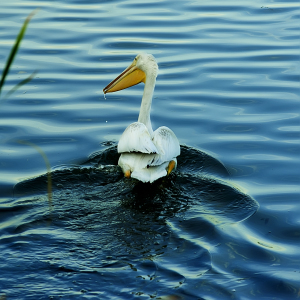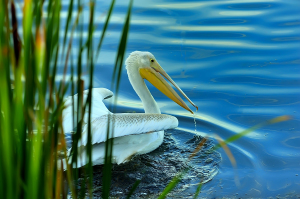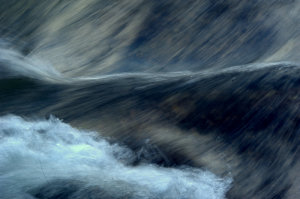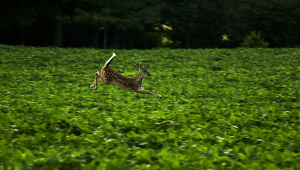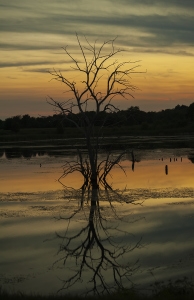I have been asked many times about how I do things in my photography work. I have decided to share some of it.
First is the equipment settings, I use a Nikon D700 for the most part. I have it set to manual about 90 percent of the time. I use Adobe RGB instead of sRGB but that is a personal choice as I want the control. For most items, the sRGB is fine. I shoot in camera raw exclusively. I use 14 bit uncompressed as I get more control again. You can read many articles on these items and get many opinions. I suggest you try them for yourself and see what you think. The new inkjet printers will normally handle Adobe RGB but some may not. That is up to you and your work flow.
I use as low an ISO as I can get but an ISO as high as 800 with the new cameras does not increase the noise like it used to do. I still try to shoot at 200 but there are times when you need the ambient light like I did with the article on back button focusing.
I have my camera set for matrix metering and focus most of the time. I do use spot when it is called for in some shoots. I have the AF activation turned off and the sub menu item set to AF/ON button only. Great technique but takes a little getting used to doing it and shoot with the largest file size the camera will handle. As said before, I shoot RAW and process it through the work flow using Nikon Capture NX2, Adobe Lightroom, Bridge and Photoshop.
I preset my cameras before shoots. I add things to the exif that can be used to identify my images even if most of it is removed. I also add items to the image itself using special software and my own items that are transparent without the software. There are programs out there for doing it, I just do it myself. So even if someone removes all the metadata my images are still marked. I register my images with the USCO for further protection. The camera encoding is almost impossible to get all of it out so that helps. I have a custom menu in the camera for my presets so changing things is very fast.
I suggest things like trusting the histogram to a point. When you are shooting raw there is a jpeg created inside the raw file and that is what you see. As you should know if you shoot raw many of the camera settings are mute as they can be changed during the raw processing in the software you use. You can change the WB and the exposure control is huge. Again it is about the control as being an outdoor photographer photographing wild animals a lot they do not wait for you to get the camera perfectly set. Raw files are a great friend when you just have to pick up the camera and shoot. In the days of positives, slides if you will, it was more shoot and pray on those shoots. Nowadays it is much better as you can set your camera up before getting to the shooting area. If a deer or animal comes out in someplace the camera is not set to shoot then shoot anyway and if you are in raw you probably got the shot.
You can see more about these and other photography related items including copyrights here on Examiner.com, www.davidgeorgephotography.net.
